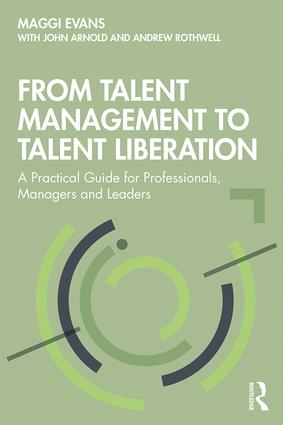We are keen to share our passion for talent liberation
To find out more, please explore the topics.
To find out more, please explore the topics.
There are numerous definitions of talent, depending on who you ask and the context within which you ask it. Key questions to consider are:
Nijs et al, (2013) conducted a multidisciplinary review of definitions of talent and then applied them to talent management. This identified excellence as the main evidence for talent and incorporated insights from human resource management, gifted education, positive psychology and vocational psychology.
‘Talent refers to systematically developed innate abilities of individuals that are deployed in activities they like, find important and in which they want to invest energy. It enables individuals to perform excellently in one or more domains of human functioning, operationalized as performing better than other individuals of the same age or experience, or as performing consistently at their personal best’.
Ref: Nijs, S., Gallardo-Gallardo, E., Dries, N., & Sels, L. (2013). A multidisciplinary review into the definition, operationalization, and measurement of talent. Journal of World Business, 49(2), pp. 180-191.
Talent management is generally considered to refer to the systematic attraction, identification, development, engagement, retention and deployment of people with attributes deemed particularly valuable to the organisation. It has its roots in management practices of the 1950’s.
Research has indicated four core approaches to talent management, based on the perceived source of competitive advantage:
Many organisations use a combination of these approaches.
See Collings, D.G. and Mellahi, K., 2009. Strategic talent management: A review and research agenda. Human Resource Management Review, 19(4), pp. 304-313.
Your talent ecosystem refers to all the ways that you may be able to source or acquire the talent you need in your business. You may want to buy talented people in as traditional, permanent employees, but this may not be the best solution. Other options can be more agile. For example, you could:
According to Jon Younger and Michael Kearns, there are five key benefits that executives are seeking when they look to access talented people without necessarily recruiting them:
From ‘The Future of Teams: Managing the blended workforce’ Whitepaper by toptal.
For more information on the work of Jon Younger and Michael Kearns visit Toptal - Managing the Blended Workforce (pdf: accessed 07.02.19
Talent liberation is an alternative approach to talent management, developed by Maggi Evans, John Arnold and Andrew Rothwell (link?). The approach is based on extensive research and challenges the notion of talent scarcity. The focus is on how to unleash and maximise talent, helping individuals and organisations to thrive in the changing world of work. In particular, talent liberation broadens the scope of talent management:
A book by Dr Maggi Evans, Prof John Arnold and Dr Andrew Rothwell
Talent management as practiced in most organisations is not fit for purpose. It is driven by an underlying assumption that talent is scarce; it is based on narrow views of future organisational needs and individual cases.
A more dynamic approach is needed that harnasses more of the talent that is lying dormant and that recognises the real challenges facing organisations and individuals in this changing work environment.
Talent liberation provides a solution. It looks to maximise existing talent, building agility, engagement and capability through a partnership approach that extends beyond the traditional boundaries of the organisation.
Buy the book